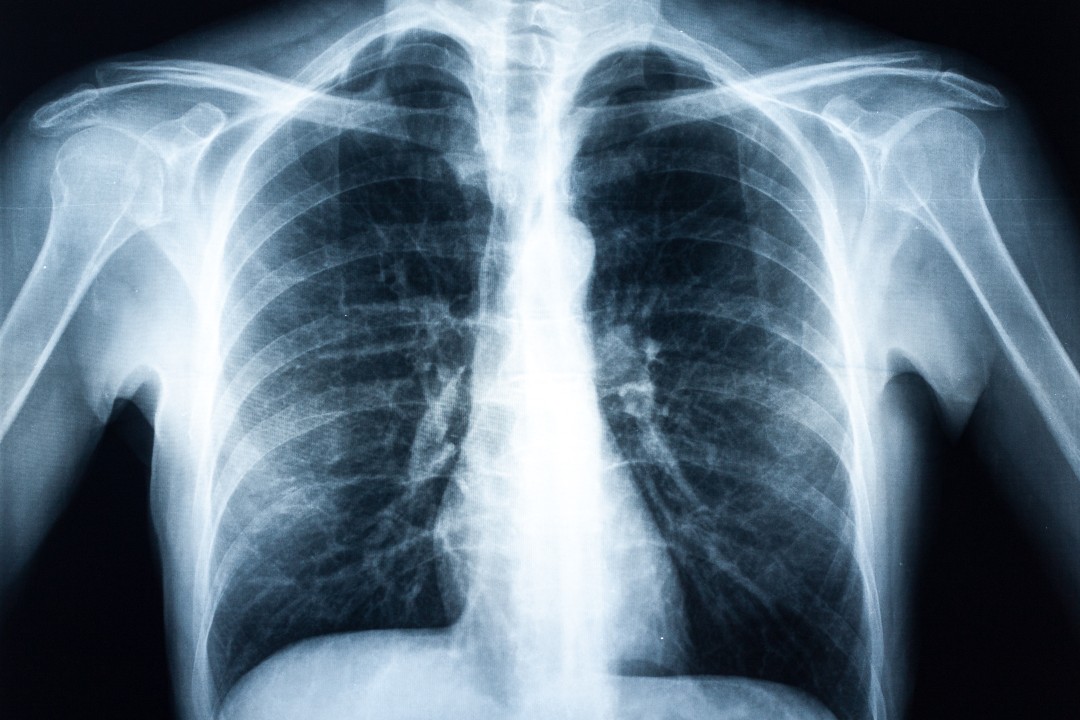Sternal injury
The breastbone (sternum) forms the front of the ribcage. Its joined by the first upper 7 ribs (true ribs) and is divided into 3 parts: Manubrium (upper), body of sternum (middle) and Xiphisternum (lower).
How is a fracture caused?
The Sternum is a strong bone and in otherwise fit and healthily patients’ significant injuries to the sternum usually suggest a fairly severe injury or blow. However, in frail patients particularly with associated osteopenia (weakness of bones) even an apparent minor injury can cause a sternal fracture.
What are the symptoms?
Pain is often sharp and intense and may increase during deep breathing, coughing, laughing or sneezing. Patients may also experience an ache in the front of the chest that is particularly prominent at night or first thing in the morning (particularly in the first few days following injury). Pain may increase when lying down in certain positions (such as face down or on your side) and on firmly touching the sternum at the site of injury. Swelling and / or bruising may also be evident.
How is it diagnosed?
Having discussed how your rib/s were injured and having carefully examined your chest, the specialist’s diagnosis is usually backed up by a sternal X-ray, or ultrasound, and in some cases, a CT scan to show the extent of the damage.
How is it treated?
Non-operative treatment: Rest along with restrictions of some forms of physical activity is likely to be recommended for several weeks and is often enough for it to heal, along with taking anti-inflammatory medication if recommended by your doctor. You may also be advised to follow a gentle exercise programme to gradually restore muscle strength.
Surgery: if the bones have moved out of place (become displaced), or fail to heal properly you may need to have surgery to realign them and hold them in place with screws and plates. Recent evidence has shown that, in some cases, surgery to fix the sternum results in more rapid healing and better movement.
How long does it take to recover?
Recovery will depend on the type of injury and treatment you’ve had. Your specialist will be able to advise you on when you can expect to return to everyday activities – this is normally within three months.
Important: This information is only a guideline to help you understand your treatment and what to expect. Everyone is different and your rehabilitation may be quicker or slower than other people’s. Please contact us for advice if you’re worried about any aspect of your health or recovery.


